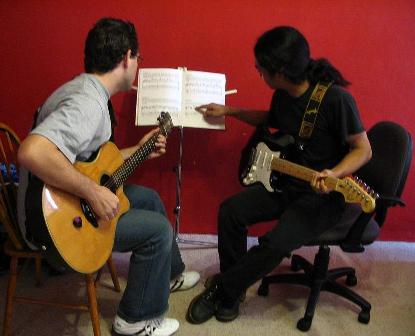Like any other hobby, your tools of the trade will need some tender loving care to stay in optimum performance condition. The guitar is no different. What is interesting though, is how the smallest things can make the largest difference.
By far, one of the most important concerns for your guitar is the relative humidity that it is stored. You have to remember that your instrument is made mostly of wood which is a natural material. It can expand and contract with the temperature as well as swell or shift with the humidity. This is why you must maintain the relative humidity that your guitar is exposed to.
During an East Tennessee winter, we all love to crank the heat. In doing so, we lower the amount of moisture in the air. If your guitar is exposed to this environment for a substantial amount of time, it will have some obvious issues.
First and foremost, the top of the guitar, also known as the soundboard, will begin to crack. Seeing that the top is where all the volume stems, this can be hazardous to the overall tone of your instrument. The heat that creates this dry air can also begin to slowly dissolve the bonds between the bridge and the top of the guitar. Mix this with the cracks and your bridge begins to peel up. This makes the guitar much harder to play (by raising the height of the strings) and can potential cause the bridge to come off completely.
 |
| This is a text-book case of a crack caused by dryness |
 |
| This bridge has peeled up fairly high. This repair can cost over $500. |
To avoid this potentially costly damage you simply need to add moisture to your guitar. This can be accomplished by using a humidifier. In our store we use four, eight-gallon humidifiers to keep our building at about 55% humidity. This is overkill for your new guitar. Try using a sound-hole humidifier available from many different manufacturers. They have a small sponge that you soak with water then insert into a plastic housing. This then rests inside the sound hole when you are not playing.
 |
| The Planet Waves sound-hole humidifier. |
 |
| This system is very easy to use and install. |
This simple tool can save you and your guitar from some costly fixes and keep the instrument in tip-top shape. For more symptoms of a dry guitar, check out Taylor Guitars’ resources page.





